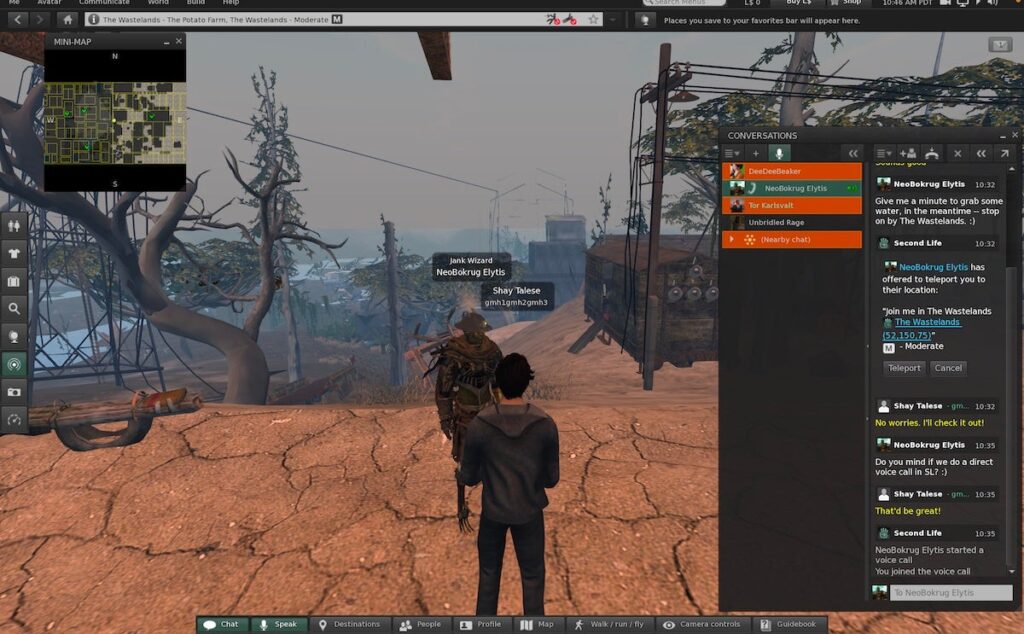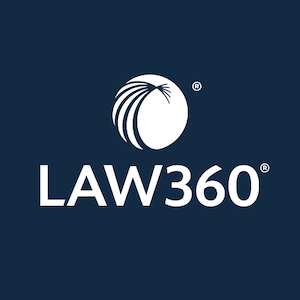Lessons from Second Life? Democracy in the metaverse

So, in 2004, a small group of users approached Linden Lab to create a new way to organize society in Second Life on a piece of virtual land that was up for grabs in a contest set up by the parent company.
The idea was simple: instead of one person owning title to the land and making the rules, this land would be owned collectively by those who lived there and treated virtual democracy complete with elected representatives, an executive, and a judicial system.
Each citizen would have different responsibilities. The ones who could afford to lease the land from Linden Lab would help keep the community in good standing. Others would help build or delete things on their land.
Most importantly, no citizen could act unilaterally. Decisions would be reached only with the consent of the governed through regular elections, every citizen would contribute to shaping the community in their own way, whether they could afford to pay rent or not.
Linden Lab obliged.
“And the Lindens gave us a section of that region to establish our town,” said Karsvalt. “You can still go there now.”
An early version of CDS was born – fueled by the same revolutionary verve that attracted users to Second Life in the first place.
But within a matter of months, the experiment, the young virtual democracy, started to fall apart.
“It’s one of these things that end up becoming sort of a national myth, almost type of a thing,” said Karsvalt.
The event is now referred to by citizens as The Quake.
“The details are kind of murky as far as I know,” said Karsvalt “But it involved complaints about IP rights.”.
A dispute between the founders started this community got ugly, and suddenly its critical infrastructure started to disappear. Whole neighborhoods were wiped off the platform.
“So one of our two main founders is actually not welcome anymore,” Karsvalt said. “It was sort of an uprising.
Eventually, citizens were able to wrest back control. But as a result of the “Quake,” CDS changed its governing structure so that voting rights were reserved for only those who owned property in the community.
“It’s sort of a reactionary thing right … back to the 18th century,” Karsvalt said citing the need to stay in good financial standing with Linden Lab. “But we do purposely have small parcels here, so it’s really cost very little to get a vote in our community.”
Most parcels cost about $25 a month.
Things are much calmer now for Karsvalt and his 72 fellow CDS citizens. Maybe a bit too calm.
No winners or losers
In general, interest has waned in Second Life as a fertile metaverse platform. And those who do use the platform regularly tend seek out more than simulated bureaucracy.
The number of active users on the platform peaked in 2007, when it spike up to one million during the same year the platform was included in the plot of an episode of the hit TV show The Office.
“Immediately after that show came out, like hundreds of thousands of people piled in the Second Life,” said Wagner James Au, a journalist who authored a book about the making of Second Life.
Au said the platform failed to build on its early success, partly because of its lofty, and purposefully aimless, mission statement.
Au got a front row seat to the platform’s rise after Linden Lab recruited him to embed within Second Life and report on what users were doing there.
“Almost like a small-town reporter,” said Au. “Very quickly, I saw this as a microcosm of humanity in a virtual world space and all their aspirations and conflicts.”
But Au was struck by how paradoxically limited the platform seemed without any real “game” component. For many, the idea of starting humanity over from scratch was more stultifying than liberating.
Source link
#Lessons #Life #Democracy #metaverse





